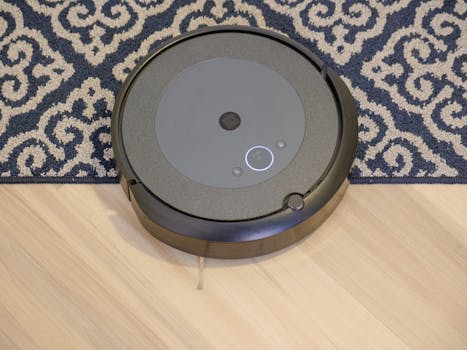
Smart Homes and Smart Living: The Technological Transformation of European Homes by 2025
Smart Homes and Smart Living is the future of European homes, and it’s predicted to transform the way we live by 2025. The concept of smart homes and smart living is not new, but it has gained significant attention in recent years due to advances in technology. In this article, we will explore the current state of smart homes, the benefits and challenges, and what to expect in the future.
What are Smart Homes and Smart Living?
Smart homes and smart living refer to the use of technology to make homes more comfortable, convenient, and sustainable. This includes the use of devices such as thermostats, lights, and security cameras that can be controlled remotely through a smartphone or tablet. Smart homes also include the use of sensors and other technologies to monitor and control energy usage, water consumption, and waste management.
Benefits of Smart Homes and Smart Living
The benefits of smart homes and smart living are numerous. Some of the most significant advantages include:
- Increased comfort and convenience: Smart homes and smart living make it possible to control various aspects of the home remotely, making it easier to manage daily tasks and routines.
- Energy efficiency: Smart homes and smart living can help reduce energy consumption and lower utility bills by optimizing energy usage and detecting energy-wasting appliances.
- Improved safety and security: Smart homes and smart living can enhance safety and security by providing real-time monitoring and alerts in case of suspicious activity or potential hazards.
- Enhanced sustainability: Smart homes and smart living can help reduce waste and promote sustainable living by monitoring and controlling water usage, waste management, and energy consumption.
Challenges of Smart Homes and Smart Living
While smart homes and smart living offer numerous benefits, there are also several challenges to consider. Some of the most significant challenges include:
- High upfront costs: The initial investment in smart home devices and technologies can be expensive, making it inaccessible to many people.
- Interoperability issues: Different smart home devices and systems may not be compatible with each other, making it difficult to integrate and control multiple devices.
- Security concerns: Smart homes and smart living can be vulnerable to cyber security threats, such as hacking and data breaches.
- Dependence on technology: Smart homes and smart living can create a dependence on technology, which can be a problem if the technology fails or is not functioning properly.
Future of Smart Homes and Smart Living in Europe
The future of smart homes and smart living in Europe is expected to be shaped by several factors, including advances in technology,-changing consumer behaviors, and government policies and regulations. Some of the trends that are expected to shape the future of smart homes and smart living in Europe include:
- Increased adoption of smart home devices and technologies: As the technology becomes more affordable and accessible, more people are expected to adopt smart home devices and technologies.
- Greater emphasis on energy efficiency and sustainability: As concern about climate change and environmental sustainability grows, there will be a greater emphasis on energy efficiency and sustainability in smart homes and smart living.
- More focus on security and data protection: As smart homes and smart living become more widespread, there will be a greater focus on security and data protection to prevent cyber security threats and data breaches.
- Greater integration with other technologies: Smart homes and smart living are expected to become more integrated with other technologies, such as artificial intelligence, blockchain, and the Internet of Things (IoT).
Conclusion
Smart homes and smart living are revolutionizing the way Europeans live, and it’s predicted to transform the way we live by 2025. While there are several benefits to smart homes and smart living, there are also challenges to consider, such as high upfront costs, interoperability issues, security concerns, and dependence on technology. As the technology continues to evolve, we can expect to see increased adoption of smart home devices and technologies, a greater emphasis on energy efficiency and sustainability, more focus on security and data protection, and greater integration with other technologies.





